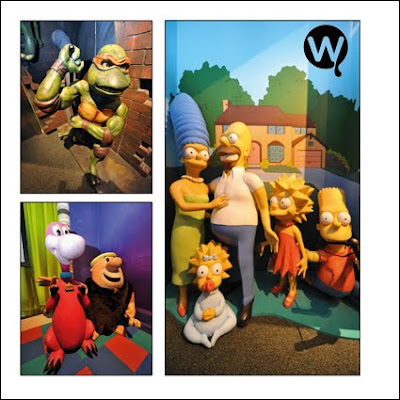

Malahide Castle is one of the oldest and most historic castles in Ireland. From 1185 until 1975, it was the home of the Talbot family. This was a remarkable tenure by a single family and is one of the longest in Ireland.
The oldest parts of the castle date back to the 12th century and it was home to the Talbot family for 791 years, the only exception being the period from 1649-1660, when Oliver Cromwell granted it to Miles Corbet after the Cromwellian conquest of Ireland; Corbet was hanged following the demise of Cromwell, and the castle was restored to the Talbots.
The building was notably enlarged in the reign of England’s King, Edward IV, and the towers were added in 1765.

















































